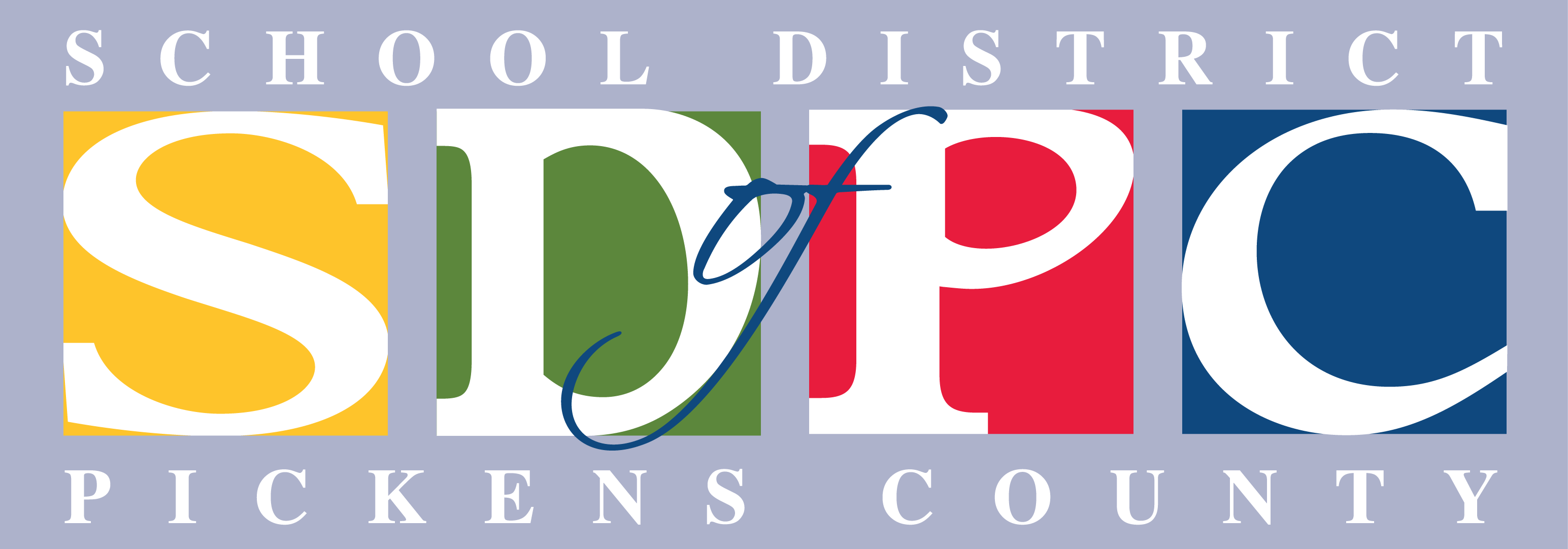Education and Economic Development Act (EEDA)
On May 27, 2005, Governor Mark Sanford signed the Education and Economic Development Act (EEDA), legislation designed to give South Carolina students the educational tools they need to build prosperous, successful futures. Today's students face increasing challenges to their ability to succeed. Technological advances and the globalization of the economy have placed students entering the workforce in direct competition with workers as far afield as India and China. At the same time, our students lag behind in reading and math skills that are critical for success in the working world. South Carolina is consistently rated 49th or 50th among the states in graduation rates, which hover at 50 percent to 70 percent across the state. Gaps between students' preparation and the requirements of the real-world economy leave many students unable to find good jobs and many businesses unable to find workers qualified to help them succeed.
The EEDA sets up a system called Personal Pathways to Success to help South Carolina students and businesses meet these challenges. Combining high academic standards with enhanced opportunities to explore career options and build real-life working skills, Personal Pathways to Success gives students the guidance and experience they need to take full advantage of real opportunities in the South Carolina economy.
Personal Pathways to Success
The Personal Pathways to Success system institutionalizes best practices already proven to work in schools across South Carolina. Systems such as Personal Pathways have been shown to increase high-school graduation rates and leave students better prepared for college work. The Personal Pathways system maintains the state's established high school graduation requirements—17 required academic core courses plus seven electives—but requires that all students declare a career major in one of a number of different clusters of study.
These "career clusters" are courses of study organized around different sets of occupations. Thus students interested in becoming doctors or nurses can choose a career major in the Health Science cluster and replace some general high school elective courses with courses specifically geared toward health care. In addition, schools partner with businesses and other local institutions to provide students with the chance to get hands-on, real-world working experience in the field of their choice. This connects essential academic learning with acquisition of job-related skills in a powerful combination that improves students' odds for career success.
Beginning in the elementary grades, Personal Pathways to Success provides programs of career awareness and exploration. Skilled counseling is a linchpin of the program. In the eighth grade, students and their parents or guardians sit down with counselors and create individual graduation plans (IGPs) that lay out their personal education and career strategies.
IGPs specify students' choices of cluster, major, postsecondary goals, high school course work, out-of-class learning experiences, and more. Students and their parents revisit these choices at least once a year to make adjustments in their plans or change course altogether if that is required.
In today's economy, postsecondary education and training are prerequisites for success. For nearly every student, career preparation continues after high school—at two-year or four-year colleges, in the military, in on-the-job training, or in state-approved apprenticeships. Personal Pathways will set up seamless transitions to postsecondary education by establishing articulation agreements among the state's high schools, two-year colleges, and four-year colleges. Dual-credit agreements, for example, will let students earn college credit for equivalent courses taken in high school. Such arrangements reduce the cost of college for families and streamline students' pathways to success in the working world.
Supporting Initiatives
To effectively implement Personal Pathways to Success the EEDA mandates a variety of supporting initiatives, including:
High Schools That Work
By 2010 all South Carolina high schools are to be reorganized on the High Schools That Work (HSTW) model (or a similar approved model). More than 60 South Carolina schools have already adopted the HSTW model, which provides a closely monitored framework of goals and key practices to accelerate learning, including rigorous academic standards and out-of-classroom learning opportunities.Regional Education Centers
These centers, managed through a partnership of Workforce Investment boards, tech-prep consortia, one-stop shops, and instructional technology centers, will coordinate educational and workforce services for lifelong learning. Centers will provide career planning services for students and adults, professional development for educators, and workforce education programs.Individual Attention for Students
High schools are mandated to hire more guidance counselors to achieve a ratio of one counselor for every 300 students, and counselors specializing in career guidance will help students plan their educations. Students at risk for dropping out will be identified early and models will be developed to help these students graduate.Protection Against Tracking
EEDA includes provisions that protect students against being steered into pathways that do not fit their best interests. Parents or guardians review their children's IGPs at least once a year and can designate someone to represent them if they cannot participate. An appeals process will be created to resolve disagreements and ensure that every student has equal access to educational opportunities. Personal Pathways to Success provides the solid mix of academic and technical skills students need to compete in the global economy. It gives students a reason to achieve in school by connecting success in school with success in life. It maintains South Carolina's core academic requirements while opening up pathways to success for students no matter where they lead—to two-year colleges, four-year colleges or universities, the military, or directly into the workforce.
By increasing options for students, Personal Pathways to Success increases opportunity for every citizen, not just those with children in school. Graduates equipped with full academic preparation and job-specific skills give businesses the workforce they need to compete. Personal Pathways to success makes businesses more competitive, and that means more jobs and wider prosperity for everyone in the state.
Resources
e-Individual Graduation Plan (eIGP)
